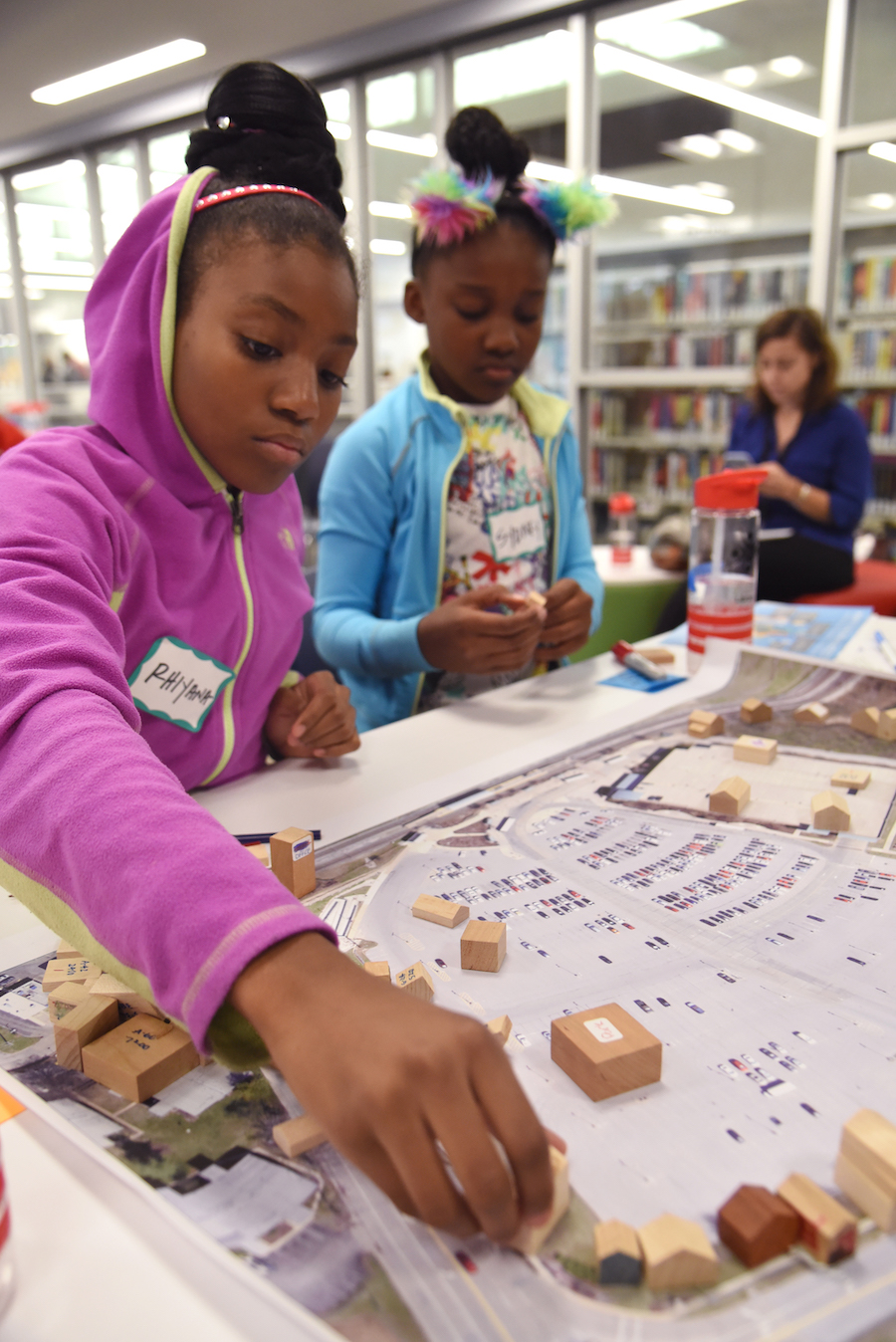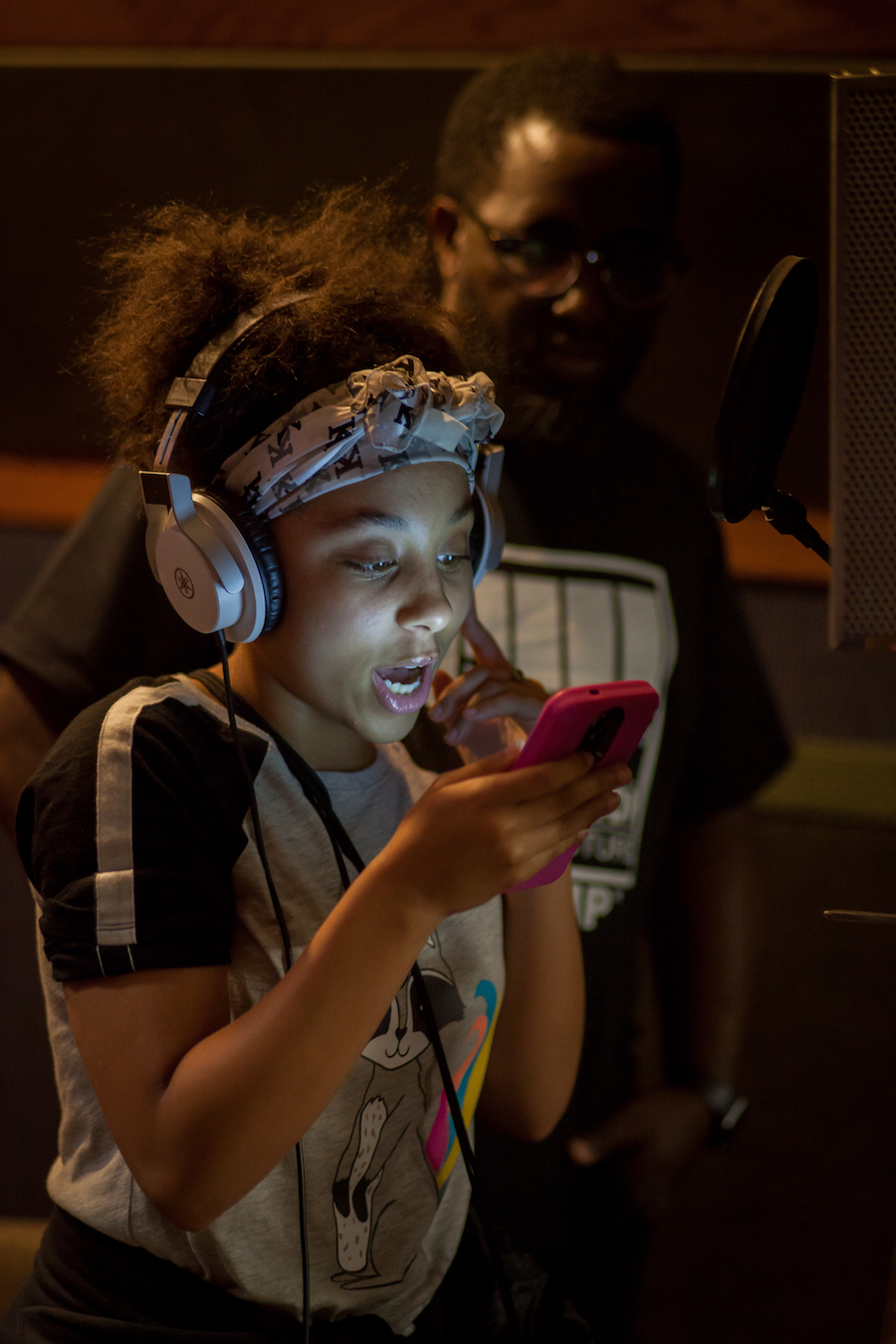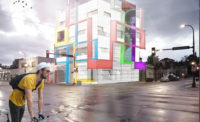The profession of architecture has long been dominated by white men. And while the latest demographic data from the National Council of Architectural Registration Boards shows some improvements in diversity in recent years—particularly in the early stages of careers—the historic trend holds, with men representing 78 percent of all licensed practitioners and white people comprising 89 percent. To create a more just and equitable built environment, the profession must reflect the communities it serves. Many suggest that the best way to effect that change in a long-term, meaningful way is through education and mentorship.

Architectural designer Michael Ford, also known as the Hip Hop Architect, founded the Hip Hop Architecture Camp in Madison, Wisconsin, in February 2017. Since then, the program has expanded to 45 cities. Over the course of a week, about 40 middle and high school students explore how hip-hop music comments on the constructed world, and how design can be a tool for social change. “We invite young people to hear the critiques embedded in the music they listen to all day, to understand them, and then to respond architecturally,” Ford says.
Music and architecture have long been interconnected, he explains. “Hip-hop will be 50 years old in 2023, but if you go back and look at Motown, the Blues, or even Country, our music has always been a critique of the environments we are in,” Ford says. “We’re describing our communities, our neighborhoods, and the buildings, spaces, and places where we live, which, in all likelihood, we have not designed, because there are very few Black and brown architects.”
At the camps, after selecting a song lyric that offers such a critique, students devise a solution through iterative creative and technical activities, using a variety of digital tools, from 3-D modeling software to 3-D printing. Flexing other creative muscles, they eventually write a rap and create a music video on the same theme.

The process asks students—and professionals—to expand their understanding of how people give feedback about their surroundings. “You can sit down and talk with Black folks today to hear what they’re saying, but don't leave out the voices of those who have already vividly expressed their concern with design,” says Ford, who issues this challenge to architects: “Don’t change the station when you hear hip-hop. You should work on changing the environment that is inspiring the music.”

The 2,400 young people who have attended the camps over the last three and a half years are largely from backgrounds underrepresented in the field, and the adult facilitators—many of whom are architecture students from historically Black colleges and universities—share a similar diversity. “Another goal of Hip Hop Architecture is to provide a vernacular that young Black folks can own and exhibit while they’re in architecture school,” says Ford, something he hopes will increase retention of Black students by “giving them an identity in architecture.”
The next camp, starting on August 1, will be entirely virtual and allow for as many as 1,000 participants. It will conclude on August 11—the 47th anniversary of hip-hop.





Post a comment to this article
Report Abusive Comment